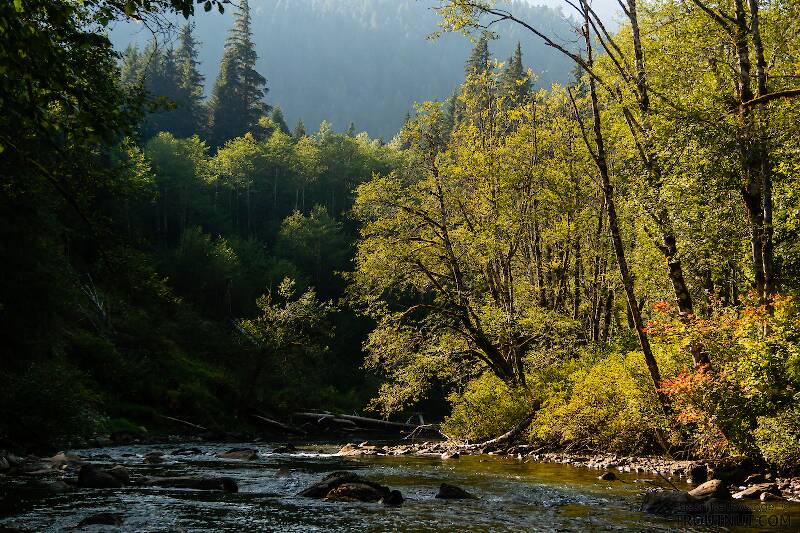
Hex Mayflies
Hexagenia limbata
The famous nocturnal Hex hatch of the Midwest (and a few other lucky locations) stirs to the surface mythically large brown trout that only touch streamers for the rest of the year.

Mayfly Species Rhithrogena fuscifrons
Physical description
Most physical descriptions on Troutnut are direct or slightly edited quotes from the original scientific sources describing or updating the species, although there may be errors in copying them to this website. Such descriptions aren't always definitive, because species often turn out to be more variable than the original describers observed. In some cases, only a single specimen was described! However, they are useful starting points.
Female Spinner
Wing length: 7.5 mm
Body of female light orange brown. Small black spot at base of antenna; antennae dark brown basally, tips paler; posterior margin of head brown. Posterior margin and lateral areas of pronotum tinged with purplish. Mesonotal and metanotal scutella, and their lateral margins, purple-tinged. Pleura paler than notum; a few purplish markings, and a dark streak above fore and middle legs. Sternum pale; posterior portion of mesosternum as dark as notum. Legs yellowish; tibiae and tarsi rather smoky. A dark purplish spot at center of each femur. All joinings dark brown. Wings semi-hyaline; longitudinal veins pale yellow, cross veins faint, paler. Abdominal tergites tinged with purplish brown, darker on 2-6; posterior margins very narrowly dark purplish. Sternites pale. Tails whitish, joinings very narrowly dark.
Allied to Rhithrogena uhari and Rhithrogena exilis, but with rather smaller body, darker color, and joinings of tails darker.
Start a Discussion of Rhithrogena fuscifrons
References
- Needham, James G., Jay R. Traver, and Yin-Chi Hsu. 1935. The Biology of Mayflies. Comstock Publishing Company, Inc.


